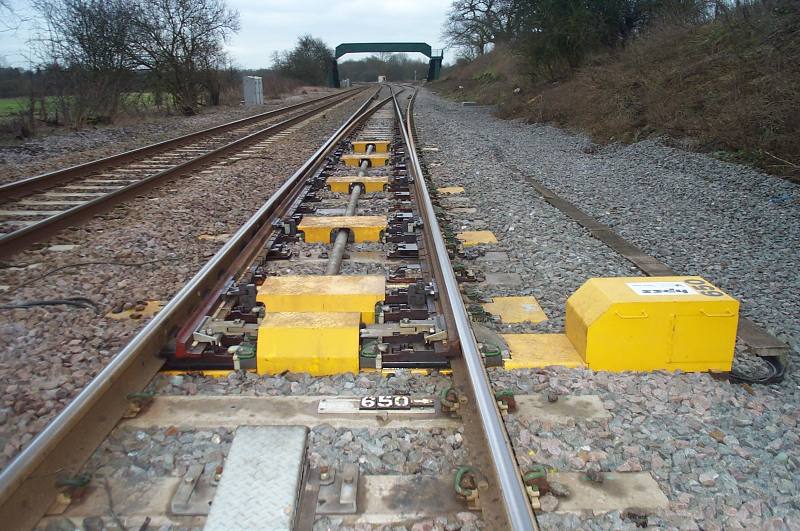- Self-Regulating Point Heating Requirements
- Self-Regulating Element Design Considerations; Installation of the Heating Element
- Self-Regulating Point Heating Integral Trackside Control Cubicle
- Mechanical Requirements; Identification Labels; Electrical Requirements
- Earthing & Bonding; Drawings; Cables
- Outing Cable Terminations; Remote Condition Monitoring
- The Advantages of GrayBar Self-Regulating Switchpoint Heating
- Rail Temperature Distribution
- Self-Regulating Heater Operation Characteristics
- Typical Power Draw Characteristics
- Heater Strip Placement
- Heater Layouts


